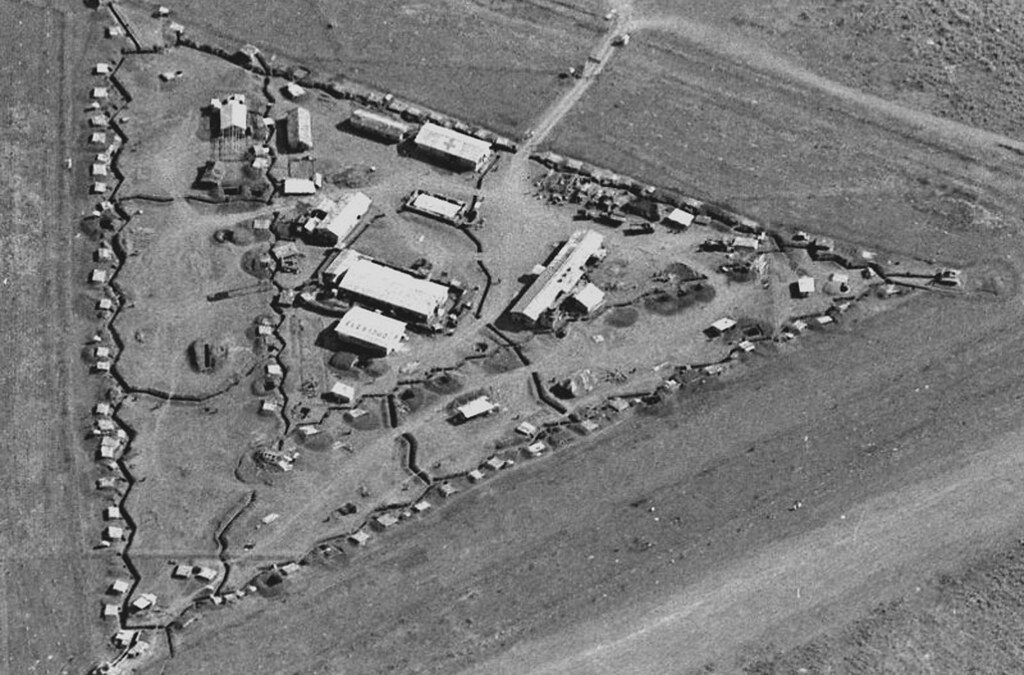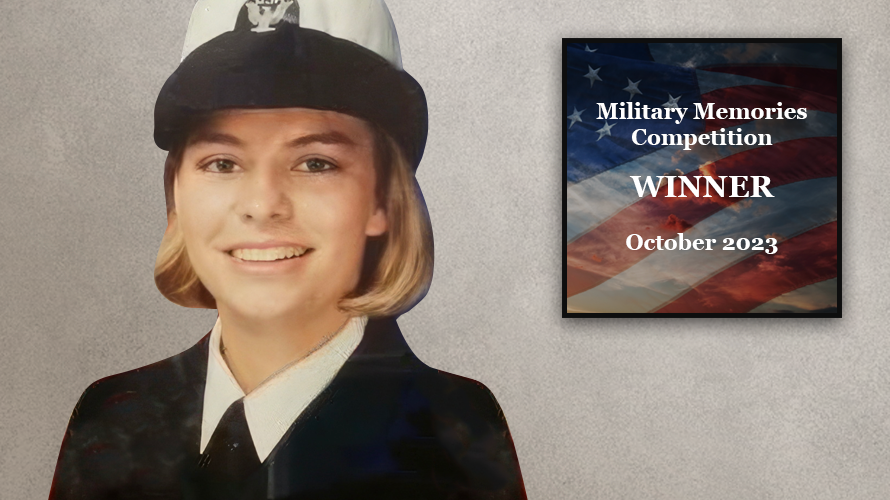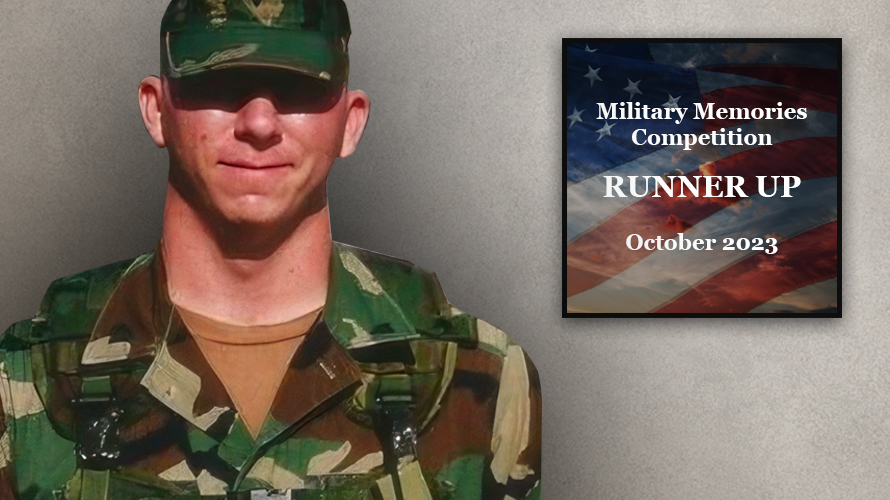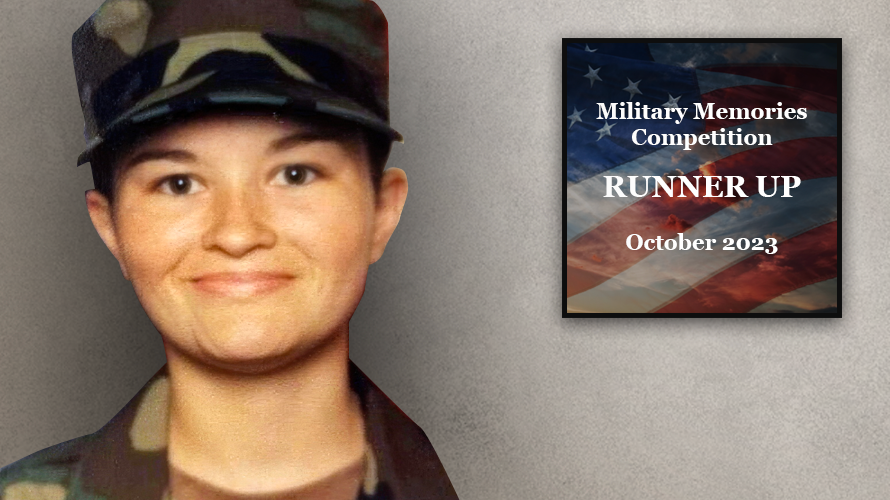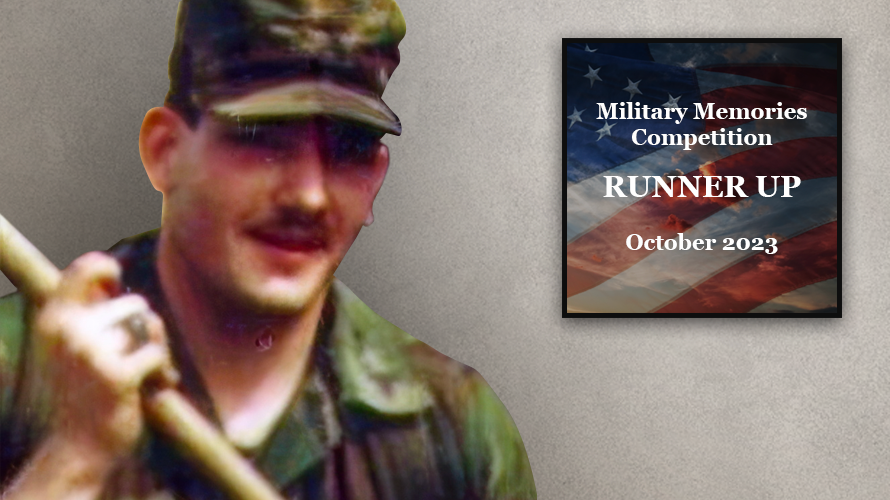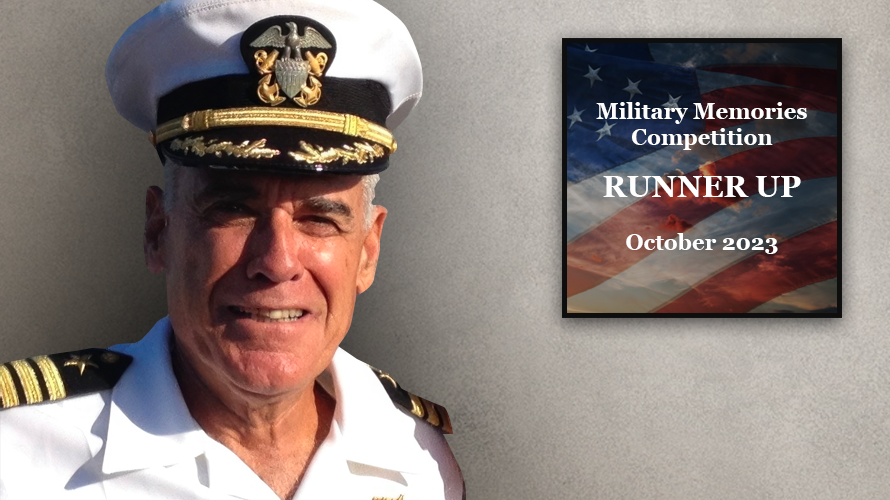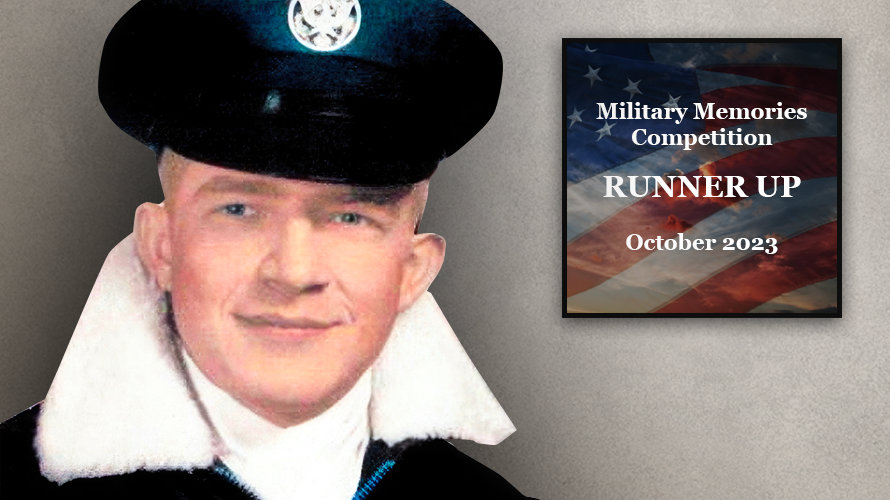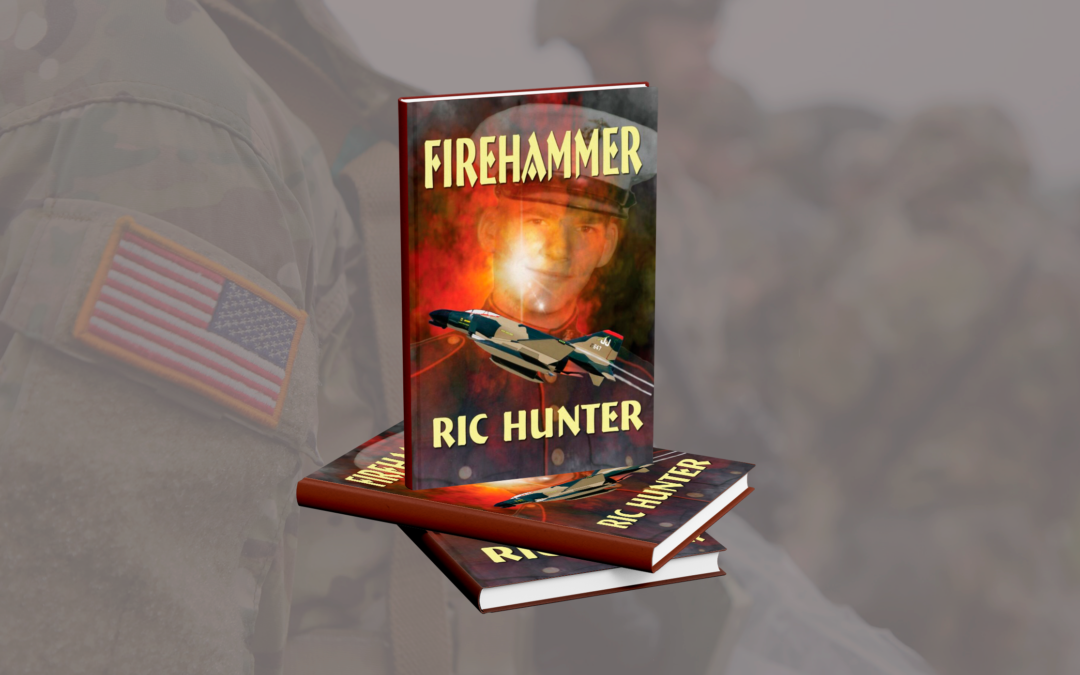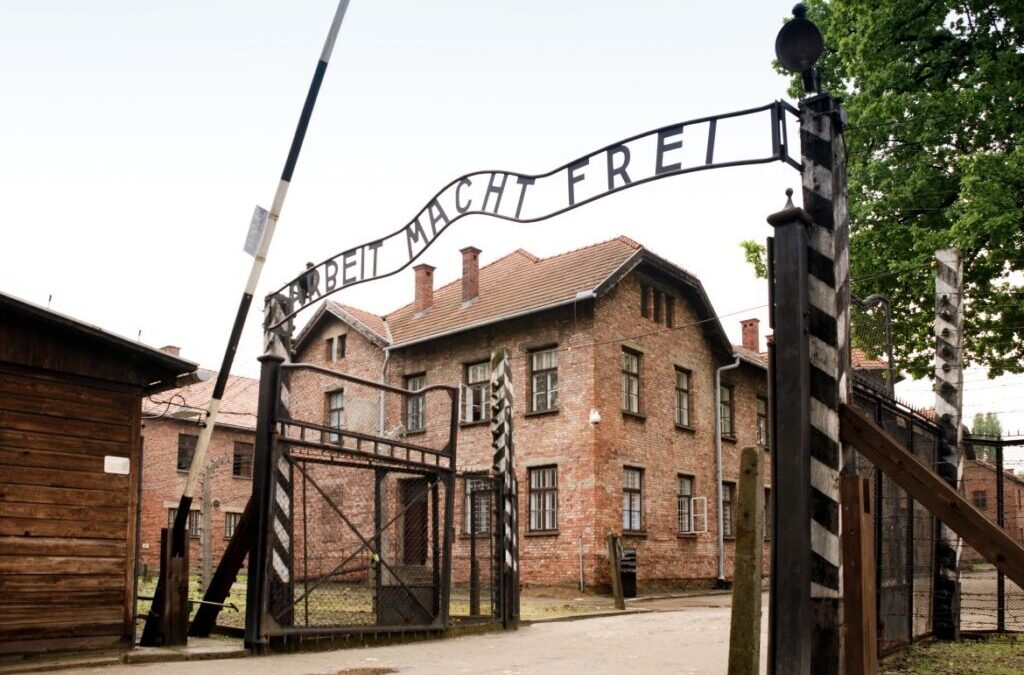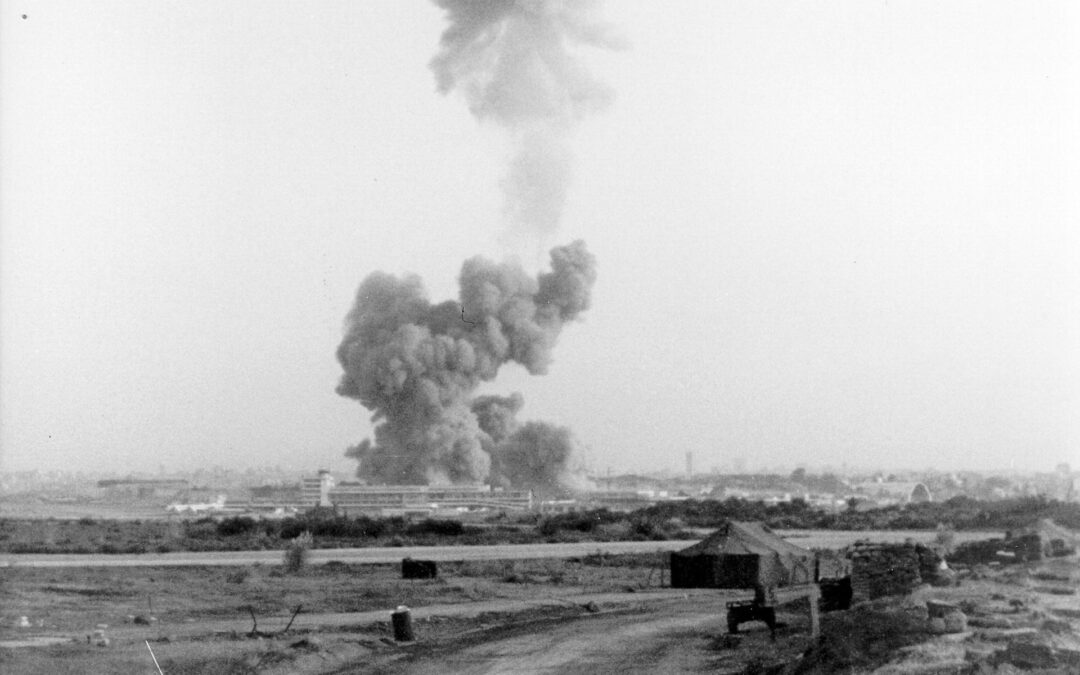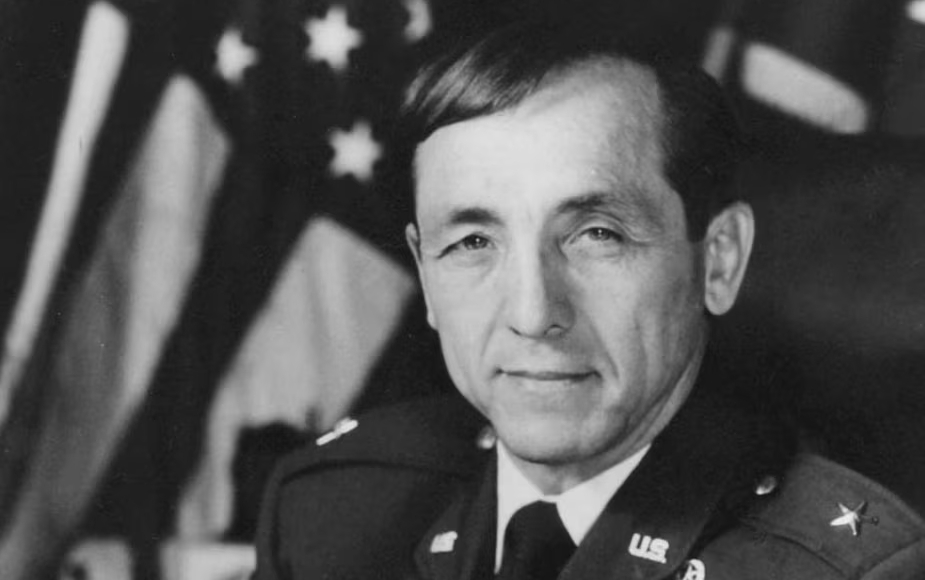J. Keith Saliba's book's real-life setting is an isolated, heavily fortified frontier outpost In Vietnam's West-Central Highlands near the Cambodian border and the Ho Chi Minh trail, the main conduit for troops and supplies from North Vietnam. "It was a 20th-century version of the Wild West frontier fortress," Saliba said, in territory Army Special Forces soldiers called "Indian Country"-remote, dangerous. The Siege of Plei Me Was the Beginning of the First Major Confrontation In October 1965, the camp at Plei Me was guarded by a 12-man American Army Special Forces "A-Team," along with Montagnard fighters native to the region and a small contingent of South Vietnamese Special Forces soldiers. But by Oct. 19, almost 2,000 North Vietnamese soldiers had crept into position around Plei Me. An equal number were deployed to ambush any relief force sent to the camp's rescue. And so begins the battle he describes in "Death in the Highlands: The Siege of Special Forces Camp Plei Me" (released...
